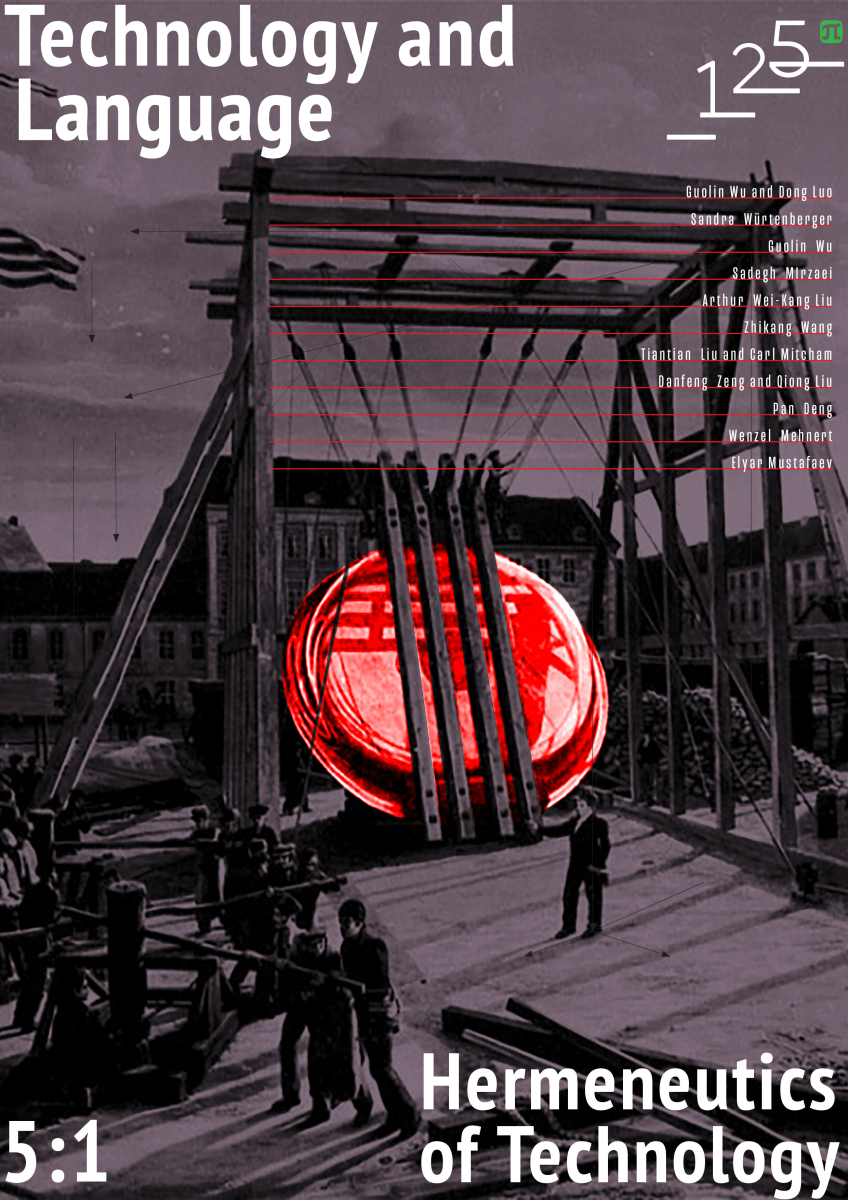Unfolding Actor-Network Theory: What Bruno Latour’s Notion of Folded Space Could Learn From Origami
A skilled Origami folder can create sophisticated three-dimensional figures from a simple square of paper. Regardless of its complexity, a folded figure can be transformed into its original form: Once it is unfolded, a network of creases appears, representing the two-dimensional blueprint of the figure. The fascinating geometry of paper folding has not only attracted the attention of scholarly fields like robotics or microengineering – it also has deep roots in a contemporary debate on Actor-Network Theory (ANT) and digital connectivity. Here, the metaphor of the fold is used to analyze the hidden connections between seemingly distinguishable phenomena. When folding is performed, flat network structures collapse into envelopes that are smaller in size yet more complex in terms of the number of enveloped nodes. Interestingly, there’s no connection between the metaphorical conceptualization of the fold and the actual process of folding paper. This article draws on the formal language developed by Origami science to enrich further the understanding of folding in ANT. In addition, I will show how Latour’s idea of topographic relations can be better understood by folding actual paper prototypes that can be pushed and pulled to comprehend how the action is distributed through a network of creases.



